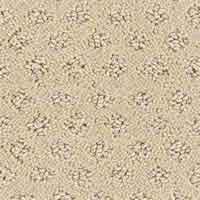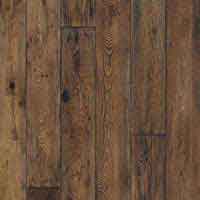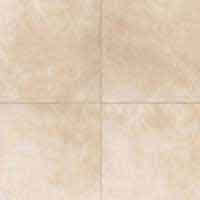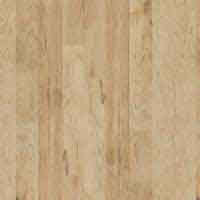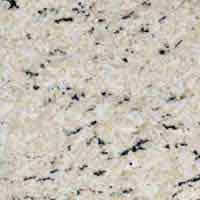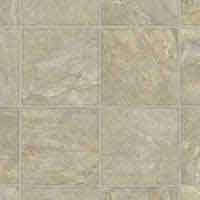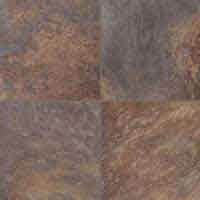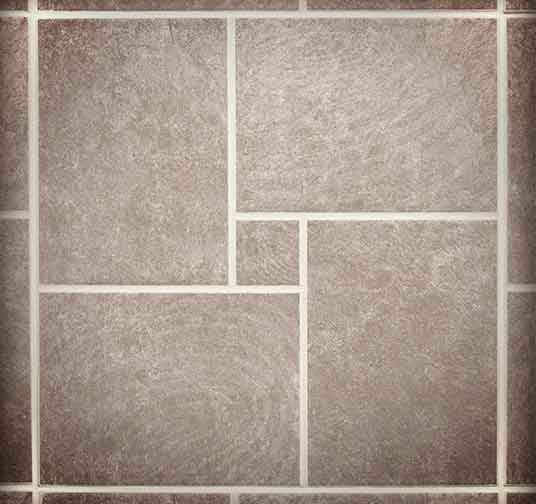Tile Key Information
Ceramic tile is everywhere. We see it in beautiful residences and decorative commercial applications. For centuries it has been, and still is, one of the most intriguing and practical choices. Due to its endless design options, durability and easy maintenance, ceramic tile is often a popular choice for many households.
Ceramic tile is man-made it is available in a wide selection of sizes, colors, patterns and finishes. Finishes range from matte to high gloss with some finishes being more suitable for specific areas in the home. For example, scratches are more noticeable on a high gloss tile making them more suitable for bathrooms, surrounds or back splashes rather than a kitchen countertop.
Tiles are either decorated and glazed or are left unglazed. Your Design Consultant will be happy to answer any questions you have on choosing the type tile that's right for you.
Many tile patterns today emulate the look of natural stone while staying within a ceramic tile budget. These tiles are intended to show variations just like stone. Solid color tiles provide a consistent look, however shade variation is inherent in all fired ceramic products and certain tiles will show greater variation within their dyelots. Color variations will also be present between the samples in the design center and throughout your countertop, wall tile or ceramic flooring.

Trim pieces complete the edges or corners of your countertop. These pieces are manufactured separately from the field tile, due to their shape, and may have slight variation in color and dyelot. In some applications, when the field tile differs in size and shape from the trim pieces, grout joints will not align.
The beauty of ceramic tile is the flexibility you have with design options, especially with the use of liners and decorative tiles. Liners, sometimes called feature strips or decos, can greatly enhance the look of your kitchen or bathroom. They vary in thickness, width, color or dyelot and in some cases, matching trim pieces may not be available. Liners, like trim pieces, with their varying shapes and sizes, will not align perfectly with the field tile, particularly if there are other items to tile around, such as an electrical outlet.
Once you have decided upon a tile you will then need to select a grout color. Grout can sometimes display uneven color or inconsistencies within the different areas of the same installation with the same grout color, or vary from the sample in the design center. This can be attributed to variations in temperature and humidity at the time of grouting. It is common to see slight differences in grout color when comparing the grout color in tile floor and the same color on the tile countertop or wall.
Exact layouts, type of grout and grout joint widths are determined by the tile setter at the time of installation and are governed by the actual size and shape of the tile and the exact dimensions of the areas to be covered.
Often times the grout is joining two different surfaces together, for example, where wall tile meets with a wood cabinet. Changes of season can cause the other surface to expand and contract causing the grout to crack and separate. Grout can also darken overtime in areas with heavy water usage. Ask your Design Consultant for recommendations on how to protect your grout and tile and remember it is the responsibility of the homeowner to maintain all caulked areas to guard against water damage.
Keep in mind that ceramic tile is very durable, but not indestructible. Do not use a ceramic countertop to sit or stand on, or as a cutting board. Ceramic tile or grout can crack or chip under extreme force.

